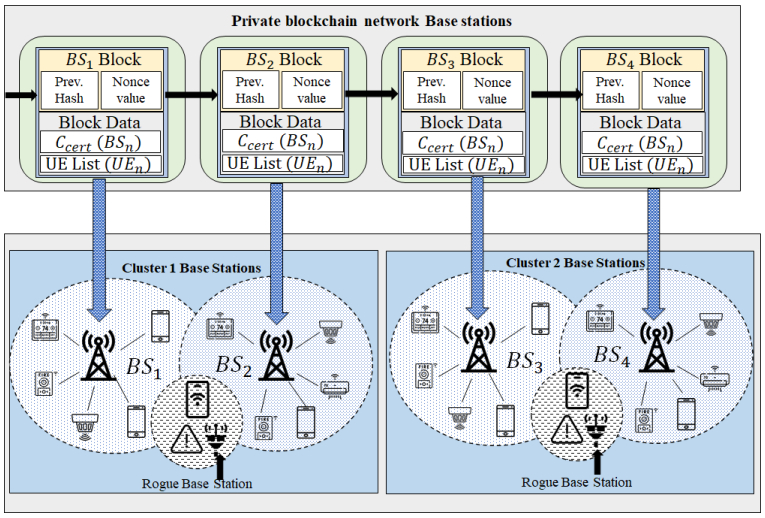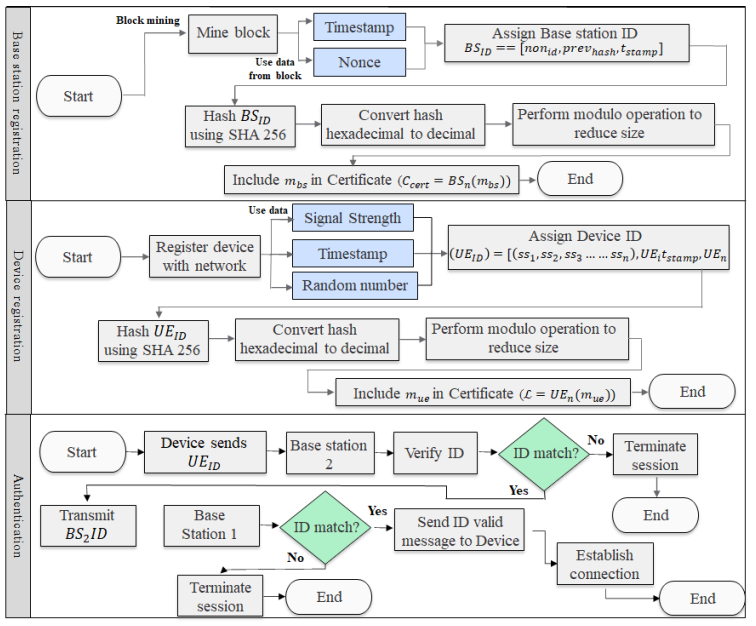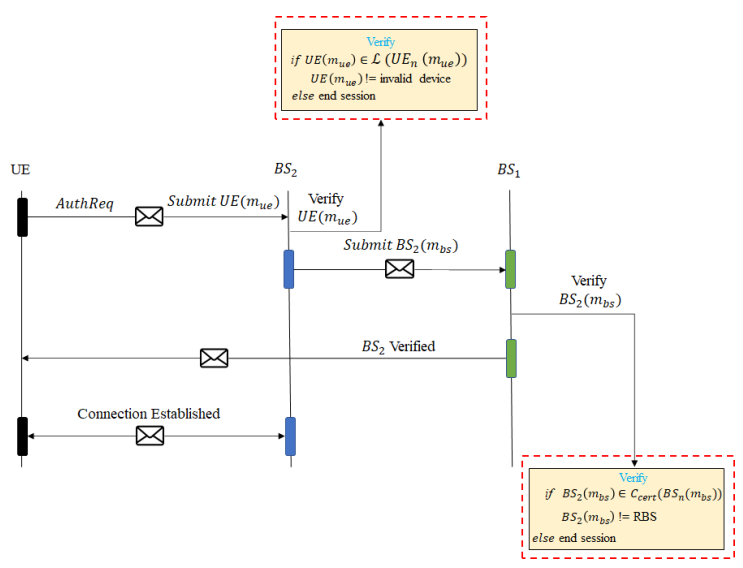1. Synaptic plasticity as a mechanism for hippocampal encoding of events
Half a century after long-term potentiation (LTP) was first observed in the rabbit hippocampus [1], researchers continue to uncover new facets of this phenomenon. The specific role that LTP plays in hippocampal-dependent learning and memory processes has been extensively debated [5,6]. Despite continuing uncertainty about exactly how hippocampal circuits contribute to different memory abilities [7], most researchers no longer question that hippocampal LTP reflects changes in synaptic strength that serve to encode experienced events or associations between such events [8]. The research and hypotheses described by Mitsushima [8,9] follow in this tradition by showing that rapid avoidance conditioning leads to selective strengthening of synapses within hippocampal circuits, and by suggesting that these synaptic changes constitute a memory trace for the events experienced during training.
Mitsushima [8,9] reports that both excitatory and inhibitory synapses on CA1 neurons in rats were strengthened by a training experience in which a shock was paired with a behavior that would normally be reinforcing (moving from a lighted area to a darker one). These synaptic changes were correlated with behavioral changes,indicating that rats learned from this experience. When the synaptic changes were prevented from occurring,training did not change rats’ behavior. Together,these findings show that when rats are learning,their hippocampal connections are changing,and that interfering with hippocampal processing can disrupt avoidance learning. Mitsushima also notes that there was considerable variability in terms of how synapses changed at any given neuron,and that only a subset of hippocampal neurons (in the dorsal region) showed such changes. These observations are consistent with past reports implicating hippocampal LTP in learning [10,11].
2. Cholinergic modulation as a trigger for memory storage
One novel aspect of the studies by Mitsushima [8] is the measurement of acetylcholine (ACh) levels in CA1 before,during,and after conditioning. Less than a minute of training led to significant increases in hippocampal ACh levels. Surprisingly,levels remained elevated for an hour or more after training. Allowing rats to explore a chamber or mildly shocking rats in the chamber led to increases in ACh levels that lasted less than 15 min. Mitsushima [8,9] speculates that long-lasting increases in ACh levels in the hippocampus triggered learning-related LTP. This interpretation is indirectly supported by studies showing that controlling cholinergic levels in auditory cortex during sound presentations can enhance experience-dependent changes in cortical sensitivities [12,13]. ACh-dependent cortical plasticity can be attributed,at least in part,to changes in excitatory and inhibitory synapses within cortical circuits [14,15]. Increases in ACh levels within the hippocampus may be accompanied by increases in A Ch levels within cortical networks [16],which could in turn affect qualities of the cortical activity patterns that drive hippocampal activity. Thus,learning-related changes in hippocampal synapses might depend on both heightened cholinergic levels in CA1 and changes to incoming activity patterns.
Cholinergic modulation could potentially contribute to learning and memory processes through several different corticohippocampal mechanisms [17]. One issue not directly addressed by Mitsushima [8] is what determines the amount and duration of ACh release into the hippocampus by medial septum neurons. The activity of these neurons may be partly determined by hippocampal activity [18,19]. Specifically,hippocampal circuits could drive activity in the medial septum,thereby controlling which experiences lead to large changes in synapses within CA1. Another feature of cholinergic modulation that is unclear from Mitsushima’s microdialysis measures is whether tonic changes in ACh levels drove the observed synaptic changes in CA1,or whether these changes resulted from more phasic ACh release [20]. Mitsushima notes that electrophysiological recordings in CA1 show intermittent bursts of high-frequency ripples after training. Increased cholinergic levels should suppress such firing patterns [21],suggesting that transient rather than constant changes in medial septum activity may be responsible for the observed increases in cholinergic levels.
3. Effects of cholinergic modulation on corticohippocampal traveling waves
Numerous lines of evidence,including the findings reviewed by Mitsushima [8],show that: (1) learning experiences can lead to increases and decreases in the strength of excitatory and inhibitory connections between neurons; and (2) manipulations that disrupt synaptic plasticity processes can disrupt learning and memory performances. Such findings have led many researchers to conclude that memories are encoded in the hippocampus as sets of synaptic strengths. Other evidence raises questions,however,about whether synaptic modifications should be viewed as a memory storage mechanism. First,many of the changes observed in synapses,including a subset of those described by Mitsushima,dissipate more quickly than the behavioral changes produced by training. Second,evidence from motor system research suggests that synaptic strengths can continuously fluctuate without affecting recall [22]. Observations of dendritic spine turnover in neural circuits have similarly led some to suggest that dynamic configurations of connections between neurons rather than fixed changes in connectivity may give rise to stable memories [23,24,25,26]. Finally,recent work implicating glial function in both sensory [27] and motor plasticity [28] in cortical networks,suggests that learning-related changes in behavior are probably not simply a function of changing connectivity between neurons.
How might dynamic constellations of synaptic strengths contribute to learning if not by encoding memories? Ajemian and colleagues [22] proposed that dynamic patterns of connections might fluctuate coherently,preserving static input-output mappings. Routtenberg [25]hypothesized that memory traces are constantly being duplicated such that memories are preserved despite the impermanence of synaptic changes. Both of these explanations replace static synaptic memory traces with persistent synaptic “swarms” that play an equivalent functional role (see also [4]). An alternative possibility is that neither individual synapses nor dynamic sets of synapses serve to encode and store memories. Instead,synaptic dynamics and other forms of neural and glial plasticity may be a side effect of memory processes rather than a mechanism for representing either past events or associations. Consideration of the properties and correlates of traveling waves of neural activity within the hippocampus and cortex provides important clues about how and why such waves might drive synaptic changes even if synapses are not functioning as memory traces.
Increases in ACh levels like those reported by Mitsushima [8] after training are associated with increased hippocampal theta activity [17,20]. Recent studies have shown that theta waves propagate in predictable directions and at predictable rates within the hippocampus [29,30],and that concurrent activity in cortical networks is often phase locked to hippocampal theta [31,32,33]. In some cases,theta activity within cortical networks appears to propagate from hippocampal circuits via volume conduction [33]. Theta activity in the hippocampus [17,34] and cortex [35] has often been associated with learning processes. Collectively,these findings predict that traveling waves in cortical and hippocampal networks are likely to be spatiotemporally coordinated [36],and to be more prevalent after experiences that increase ACh levels. Several current theories of hippocampal function suggest that coordinated,recurrent waves of activity that occur within and across hippocampal and cortical circuits should lead to significant changes in synaptic connections [4,37,38]. Computational simulations of retinal waves show that variations in extracellular levels of ACh can affect when traveling waves arise as well as their qualities [39]; cholinergic levels in the hippocampus might similarly influence the prevalence and properties of traveling theta waves.
4. Effects of synaptic plasticity on wave propagation
Historically,hippocampal theta activity has been thought to contribute to learning by coordinating information transfer and encoding [17,38],thereby facilitating memory trace formation via synaptic plasticity in hippocampal circuits. The fact that theta-related modes of processing in the hippocampus are associated with synaptic changes does not,however,imply that such changes encode records of experienced events that will later be reactivated to recreate internal states associated with those experiences. Instead,learning-related changes in cortical and hippocampal synapses may change how traveling waves propagate through these circuits [40,41]. In Pavlov’s cortical theory of conditioned response formation,learning-related changes in neural connections modulate the qualities of traveling wave patterns in cortex. Similarly,synaptic changes in hippocampal circuits could affect patterns of theta wave propagation,modulating the rate,direction,or strength of these traveling waves.
Few researchers have studied the effects of synaptic changes on the qualities of traveling waves within the brain. However,in developing animals there is clear evidence that changes in the strengths of both excitatory and inhibitory synapses can lead to variations in wave propagation [42,43],and vice versa [44]. Studies of compensatory plasticity also suggest that synaptic changes affect how cortical waves propagate [45]. Recurrent,traveling corticohippocampal waves,or states associated with those waves such as elevated cholinergic levels,may lead to changes in synaptic connections [46],which in turn may affect how subsequent waves propagate. These synaptic changes might then be viewed as a consequence of traveling wave propagation that can potentially affect future activity patterns (e.g.,trajectories),without synapses storing any specific information about the events that initiated those waves. Under this interpretation,the effects of propagating corticohippocampal waves on syna ptic strengths are loosely analogous to the effects of ocean waves on the configuration of sand along a shoreline. The activity of different wave patterns might “shift the sands” in predictable ways,but which specific synapses are affected may be less relevant to the neural encoding of events than the overall effects of these changes on future wave propagation [47]. Dynamic changes in synaptic strengths might reflect the variability of wave patterns rather than encoding of unique events. This interpretation is similar to Miller’s (1989) proposal that self-organizing corticohippocampal loops resonate at particular frequencies (e.g.,theta) to encode the environment,and that the spatiotemporal distribution of theta-related activity becomes shifted during learning. In this scenario,the qualities of waves rather than the strengths of individual neural connections encode events [48,49].
5. Conclusion
Experiences that quickly generate long-lasting changes in behavior,such as the inhibitory avoidance task used by Mitsushima [8],undoubtedly are associated with complex,temporally dynamic changes in neuromodulatory activity and synaptic connections in multiple brain regions. A major challenge in learning and memory research is to understand what functions (if any) such chemical and structural changes serve. Although many findings are consistent with the hypothesis that synapses within the hippocampus function as engrams of varying longevity,it remains possible that the specific changes in synaptic strengths caused by learning experiences are less critical to determining the contents of representations of past experiences than is generally assumed.
Acknowledgments
This work was supported in part by NSF grant #SBE-0542013 to the Temporal Dynamics of Learning Center, an NSF Science of Learning Center.
Conflict of Interest
The author declares no conflicts of interest in this paper.


















 DownLoad:
DownLoad: